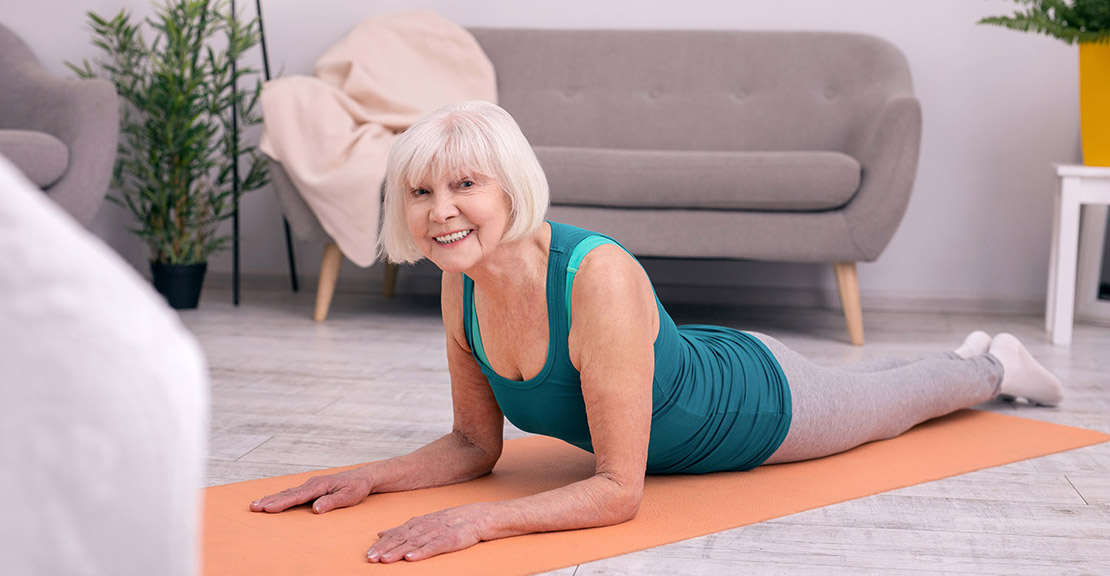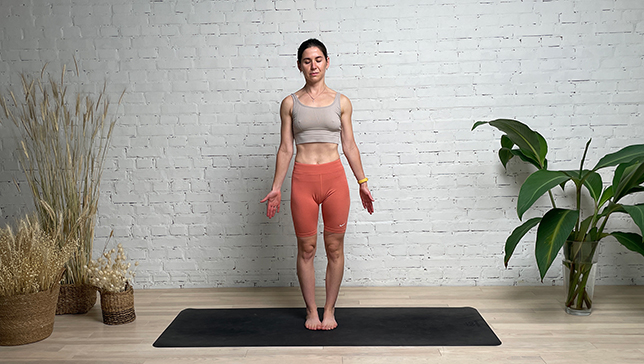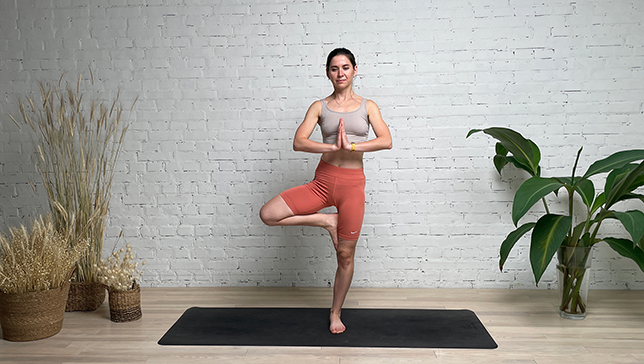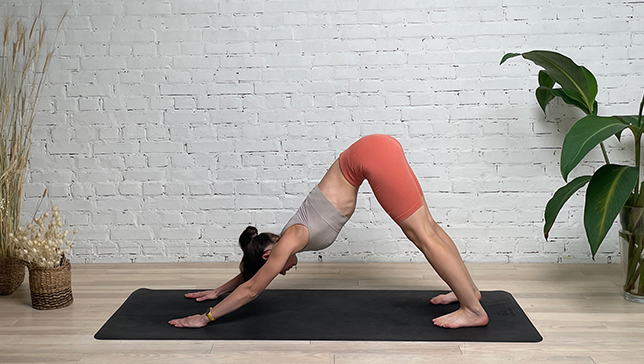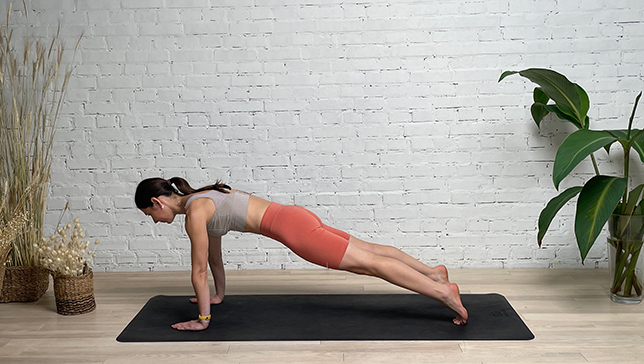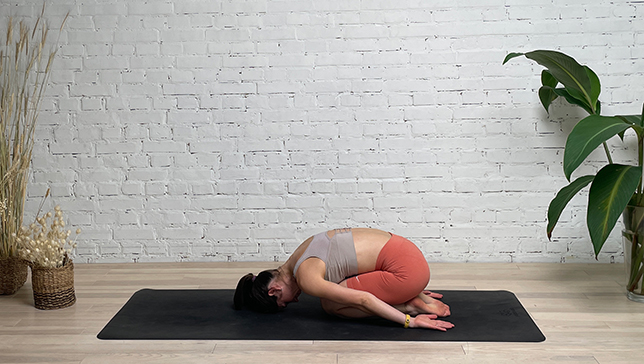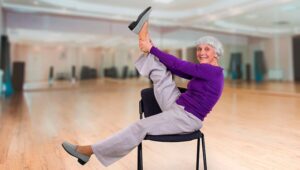In today's popular culture, fitness means different things according to the age group. For the youth, fitness is primarily about aesthetic pursuit. An average youth may not be concerned about fitness at all, but looking good when they do. Some focus on functional fitness, which brought about the concept of "functional movement" as introduced to us in the previous decade.
But the functional fitness approach also seems inadequate because it does not emphasize the other essential aspects of fitness such as emotional health, self-introspection, and personal relationships. This inadequacy makes the definition of fitness for seniors slightly different.
Seniors are more particular about physical fitness methodologies that appreciate the individual as a whole, complex being, and focus more on the quality of life and overall health. Here is where yoga for seniors becomes handy.
It is no surprise that yoga for the elderly has become increasingly popular in recent times. A 2016 yoga study showed how nearly 14 million seniors in America adopted various yoga sequences. That’s a significant increase from the four million who practiced yoga in 2012. However, 14 million aged citizens are still far from the total number that could practice simple yoga.
The fact that yoga is not a rigorous physical exercise answers whether yoga is safe for seniors and eradicates the fear of injury. There are indeed yoga practices that are physically demanding. However, there is also gentle yoga for the elderly.
Yoga affords the flexibility to adapt your practice to meet your needs. Therefore, the only question that probably remains unanswered or unclear is; what are the benefits of yoga for seniors?
You probably know some of the benefits of yoga already. However, you might need some clarity about its advantages when it comes to older adults practicing yoga. Find some of the yoga benefits for the elderly below:
- Better Balance
Most yoga poses for seniors improve their core stability and help strengthen the abdominal muscles. Therefore, yoga helps reduce your risk of falls by helping you become steadier on your feet.
- Improved FlexibilityYoga sequence can be a perfect strengthening exercise for seniors. If you keep a pose for several breaths, you encourage your connective tissues and muscles to relax and loosen. It aids your range of motion.The International Journal of Yoga Therapy published a research study that revealed that it dramatically boosts their overall flexibility when the aged practice yoga regularly.
- Enhanced Breathing
One of the problems the elderly face is the inability to breathe well. The breathing control practice of yoga training for seniors can improve your pulmonary health and expand your lung capacity.In a study done by the Journal of Human Kinetolder, seniors who engaged in yoga stretching exercises at least three times in a 12 weeks streak noticed a significant improvement in the breathing and respiratory functions.
- Stronger Bones
A consistent yoga routine for an older person includes weight-bearing postures that help to reinforce bone strength. Therefore, if you are anxious about osteoporosis and brittle bones, you should try out yoga stretch exercises for seniors. Some promising studies suggested that doing yoga improves bone density in postmenopausal women.
- Better Sleep
A published Alternative Therapies in Health and Medicine research revealed that adults over 60 years of age struggling with insomnia who practiced simple yoga exercises for older people at least twice a week in their homes recorded a significant improvement in the quality and duration. Therefore, yoga helps to alleviate sleep deprivation and disturbances that can be common among the elderly.
Best Types of Yoga for Seniors
Now, it’s apparent yoga has significant benefits that it offers senior citizens. But, what’s the best type of yoga poses for seniors? There are dozens of different yoga poses, and not all are suitable for older people, especially beginners. So, what type of yoga should the elderly practice?
The quick answer to the question is that the elderly, especially those just starting yoga practice, should start with simple, easy, flexible, and gentle yoga poses. The critical consideration in choosing yoga to practice is the elderly yogi’s fitness level and physical condition.
However, here is a list containing some of the best and easy yoga poses for seniors:
- Hatha
Hatha is not necessarily a yoga style but a generic term used to describe all yoga forms that focus on physical postures. However, in most cases, hatha yoga classes are slow-paced, involving the sequence of various simple sitting and standing poses. Hatha yoga for seniors’ class involves simple poses.
They are majorly about breathing and stretching, moving your legs and arms. That’s why many believe Hatha is the best yoga class for seniors who are just starting.
- Iyengar
Iyengar yoga for seniors’ classes involves organized movement of the body with particular emphasis on proper form. Those who practice Iyengar yoga do it with props such as straps, blocks, etc. the props help them get into the correct alignment required for each pose.
Because the props give allowance for modification, Iyengar yoga is the best type of yoga for seniors battling arthritis and other chronic medical conditions.
- Restorative
Restorative yoga class is a meditative and slow type of yoga where practitioners relieve stress and tension without stretching. It also involves props to support the body while holding each pose for a long time; it can be up to 10 minutes. Restorative yoga classes are the best for seniors seeking relaxation and contentment.
- Yin
Yin yoga classes for seniors are similar to restorative yoga with slow poses and holding posture for a long time. However, the difference is that restorative yoga does not involve active movement while yin works by stretching your muscles and connective tissues. Yin yoga is one of the yoga types that enhance flexibility and relieve stiffness.
- Kundalini
Kundalini yoga, also known as the “yoga of awareness,” combines breathing exercises, physical postures, chanting, and meditation. It is a form of therapeutic yoga for seniors interested in yoga’s spiritual and physical components.
That it’s called basic does not mean it is easy because yoga poses are meant to challenge your body and mind. Even if basic yoga for the elderly involves simple moves, a lot is going on metabolically. You can try out these basic yoga poses for beginners who are senior citizens:
Is Yoga Good for Seniors?
Yes, yoga is good for the quality of life and the overall health of seniors. Some of the benefits yoga offers to include:
- Lowers the risk of cardiovascular disease
- Recovery from surgery and strokes
- Prevent fall
- Improve sleep quality
- Manages depression and anxiety, etc.
Pilates vs. yoga for seniors, which is better?
Both are good for seniors; however, they each have the function they perform. Yoga helps to improve your flexibility, deepen your meditation, and help with your balance. Pilates, on the other hand, works better for improving posture, recovering from injury, and developing core strength.
What type of yoga is best for seniors?
The best type of yoga for older people involves simple, easy, flexible, and gentle movement of the body. The critical consideration in choosing the best type of yoga to practice as a senior is your fitness level and physical condition.
What exercise should seniors avoid?
As a senior, you should avoid the kind of exercise that will put an unhealthy strain on your body causing joint pain, posture problems, atrophied muscles, and other unpleasant physical conditions. Examples of activity to avoid include:
- Squatting with weights
- Bench press
- Leg press
- Long-distance running
- Upright row
- Deadlift
- Rock climbing, etc.
